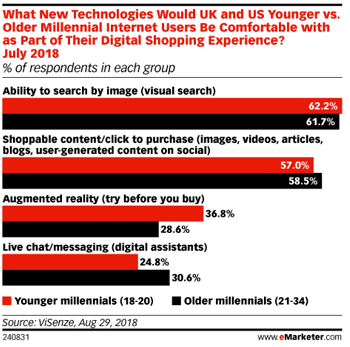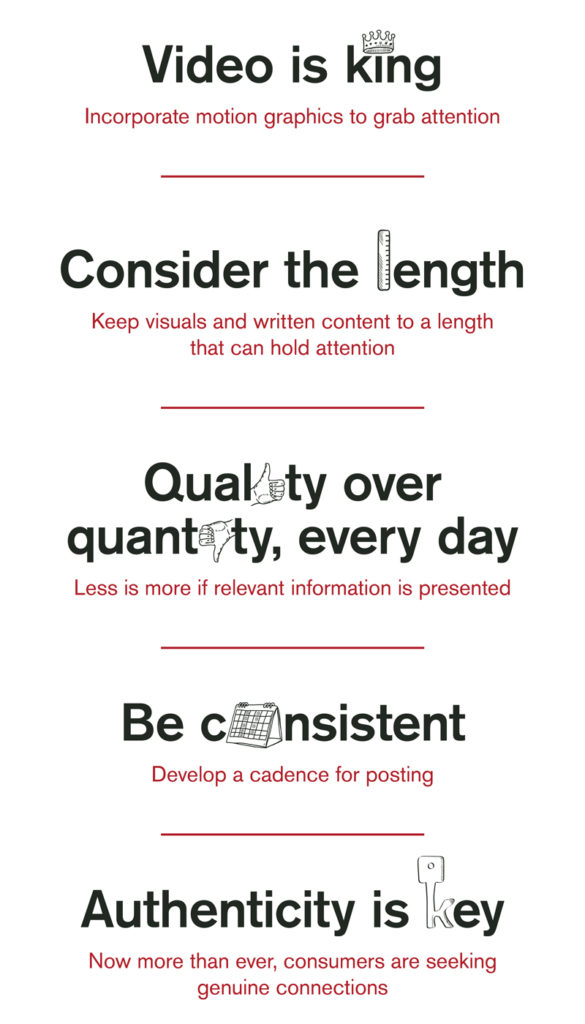Tailoring Your Marketing with Visual Content to Maximize Impact
Ah, a new school year is upon us. It’s always full of excitement (especially for us parents!), endless possibility, and likely a few nerves. But thanks to the disaster that is 2020, the start of this all-virtual school year has been mainly filled with anxiety, bandwidth issues, and systems crashing. It’s been an adjustment! As we settle into a new routine and prepare our children to learn and share information online, it got me thinking about the best ways to consume information digitally, based on people’s learning styles. And how that not only applies to students, but also to how we interact with our clients, and how they in turn interact with their customers.
There are three different types of learning styles:
- Auditory (hearing and listening)
- Visual (reading and seeing pictures)
- Tactile (touching and doing)
Of these three styles, a whopping 65% of us are visual learners. So, when it comes to how we tell our story, content featuring visuals and design often proves more effective than text-based content alone. Research has shown that 91% of people prefer visual content to plain text, evidenced by the surge of image-focused platforms like Instagram, which reached one billion monthly active users in January. That’s a whole lot of people for your brand to potentially engage with.
The benefits of visual content extend beyond just comprehension and can often lead to conversion.
“People are 85% more likely to buy your product after watching a video about it.”
Several companies, like Google and Pinterest, are also investing in visual search technology. Currently, images are returned for 19% of searches on Google, and 62% of millennials say they are more interested in visual search than any other new technology.

FARM’s market research team can attest that incorporating data visualizations, infographics, images, and videos to your content strategy allows the reader to better absorb the information and help to break down complex material.
When approaching incorporating visual content, some good rules to follow are:

For assistance maximizing your storytelling efforts, drop me a line!


